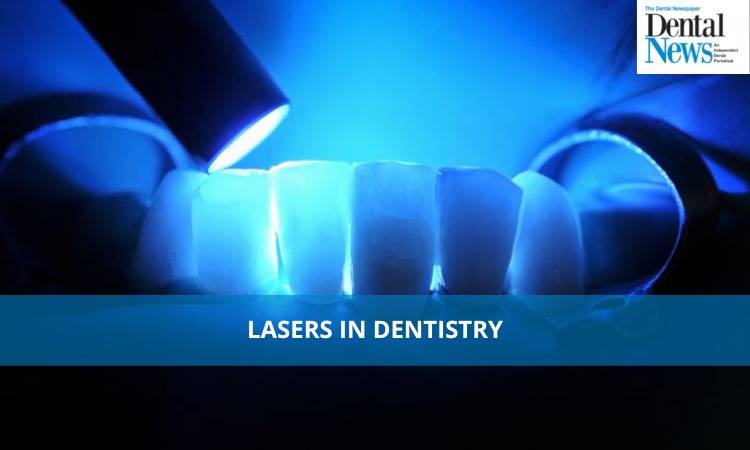
Lasers have been used in cosmetic surgery and the medical field for ages. Meanwhile, lasers in dentistry have gained momentum only in recent years. While you might have heard of a few options, lasers in dentistry offer a broad spectrum of treatment options. If conventional treatment is not your forte - getting a laser treatment might be your best option.
What Is Laser Dentistry?
Lasers use small beams of focused light to target the area. When used by a professional, the laser treatment can be less painful, offering only slight discomfort. Lasers inflict less damage to the surrounding tissue while minimising bleeding, reducing pain and enhancing tissue recovery. Lasers also reduce the chances of post-op infections in critical conditions.
Dental Lasers Uses
While lasers have been used in various procedures, the most common include removing a tissue segment, reshaping gums and teeth whitening. Lasers are also an ideal option for anxious children undergoing dental treatments.
They are broadly categorised into two different dental lasers, including soft and hard tissue lasers. These lasers use different wavelengths, making them appropriate to work on other structures. Altering the light's wavelength offers an advantage while opting for the most compatible wavelengths which can be used for specific locations.
Soft tissue lasers can be used to:
● Remove biopsied tissue
● Reshaping of gums during crown lengthening
● Removal of inflamed gingival tissue
● Removal of the frenum, which hinder lip movements
● Regeneration of damaged nerves and blood vessels
Hard tissue lasers can be used to:
● Repair broken fillings
● Cavity preparation for restorations
● In-office whitening treatments
● Treatment of sensitive teeth to block dentinal tubules
● To reduce pain in TMJ disorders
Treatment & Post-Op Expectations
The treatment with lasers is quite comfortable since the drills are not being used; hence no feeling of discomfort or vibrations. With lasers, minimal bleeding occurs, which is cleaned away simultaneously. The low-maintenance treatment option also requires minimal to no anaesthesia. However, it can also depend on the anxiety level of the patient.
The post-op journey for laser treatment is often smooth with minimal to no complications. Since lasers offer a non-invasive approach, no such wound needs to be taken care of. However, it is advised to follow the post-op instructions to maintain optimal oral hygiene reducing the chances of infections.
Lasers & Risk Factors
The word laser often comes as a scare. However, most lasers offer relatively small risk factors. Authorities have approved lasers available in the market. While getting the treatment, it is advised to look for a qualified professional. Using lasers at the wrong wavelength and power can do more harm than good creating problems in the long run.
Different institutions provide laser training. So make sure to ask away all the relevant questions from your dentists to know that you are in the right hands.
While the innovation can not directly replace conventional treatment methods - it is a relatively safe and easy option for dental treatments. Talk to your dentist to get a detailed laser consultation.

Dr Rida Qamar
The author is contributing writer at Dental News Pakistan and can be reached at Ridaqamar100@gmail.com

